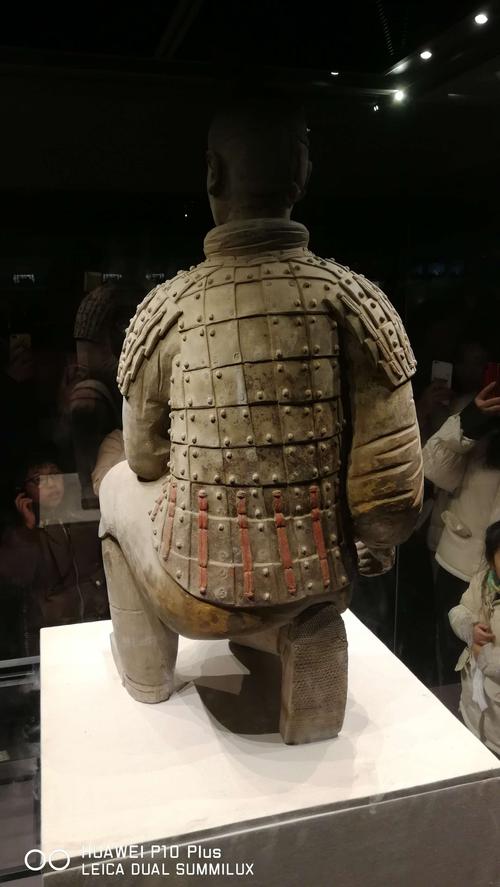
How Much Does a Terracotta Warrior Weigh?
The Terracotta Army is one of the most impressive archaeological discoveries of all time. Unearthed in 1974 near Xi'an, China, the army comprises over 8,000 life-size terracotta figures of warriors, horses, and chariots, all buried alongside China's first emperor, Qin Shi Huang, to protect him in the afterlife.
The Impressive Size and Weight of the Terracotta Warriors
The warriors are truly a sight to behold. Standing at life-size, with most about two meters (six feet) tall, these imposing figures are made even more remarkable by their weight. Each sculpture can weigh up to a staggering 272 kilograms (600 pounds) – that's about the same as a grand piano!
Crafting an Army: Materials and Construction
The creation of such a massive and heavy army required immense resources and skill.
- Materials: The warriors were crafted from terracotta, a type of earthenware clay. This readily available material was chosen for its durability and ability to be fired to a hardness that could withstand the test of time.
- Construction Process: The warriors were made using a modular construction process. This involved creating individual body parts – legs, torsos, arms, heads – separately and then assembling them using a system of pegs and slips (liquid clay used as an adhesive). After assembly, the details of armor, clothing, and facial features were meticulously added. Finally, the warriors were fired in kilns at high temperatures to harden the clay.
Unique Warriors, Individual Identities
While the sheer number of warriors is awe-inspiring, what truly brings the Terracotta Army to life is the incredible attention to detail and individualization given to each figure. No two warriors are exactly alike.
- Facial Features: Each warrior has a unique face, with distinct features, expressions, and hairstyles, suggesting they were modeled after real soldiers in Qin Shi Huang's army.
- Hairstyles and Headwear: From elaborate topknots to carefully arranged braids, the hairstyles vary significantly, offering clues about the warriors' ranks and roles within the army. Similarly, the warriors wear various headdresses, from simple caps to helmets adorned with elaborate crests.
- Clothing and Armor: The warriors wear detailed armor made from leather or bronze plates, realistically depicted with buckles, straps, and fastenings. The clothing beneath the armor also varies, ranging from simple tunics to more elaborate robes, again indicating different ranks and roles.
- Poses and Weapons: The warriors are arranged in battle formations, with archers, infantrymen, and charioteers poised for action. Some stand at attention, while others are captured in dynamic poses, ready to strike. The warriors originally carried real weapons, including swords, spears, crossbows, and daggers, adding to the realism and military might of the army.
FAQs
1. Why did Qin Shi Huang want a terracotta army?
Qin Shi Huang believed that the terracotta army would protect him in the afterlife and allow him to conquer new lands even after death.
2. How many warriors are there in total?
It is estimated that there are over 8,000 terracotta warriors, along with horses and chariots, buried in the three pits surrounding the emperor's tomb.
3. Are all the warriors the same?
No, each warrior has unique facial features, hairstyles, clothing, and poses, showcasing the incredible craftsmanship and attention to detail that went into their creation.